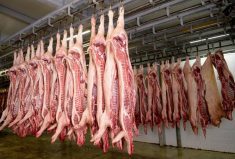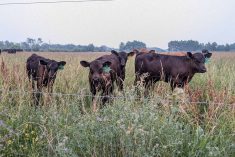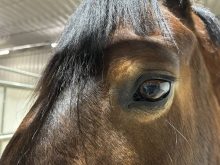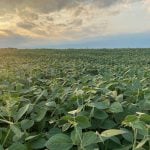Staff with the Canadian Food Inspection Agency have begun gassing about 60,000 birds on a southern B.C. poultry farm found to have animals infected with avian flu.
CFIA and the B.C. government announced the start of the cull in a press release Monday. The euthanasia process for the birds, overseen by federal and provincial animal welfare experts, involves the use of carbon dioxide gas.
The agency on Saturday announced that the farm was confirmed to have birds infected with an H5 strain of avian influenza, although early tests indicated it may be “low-path,” or low in pathogenicity.
Read Also
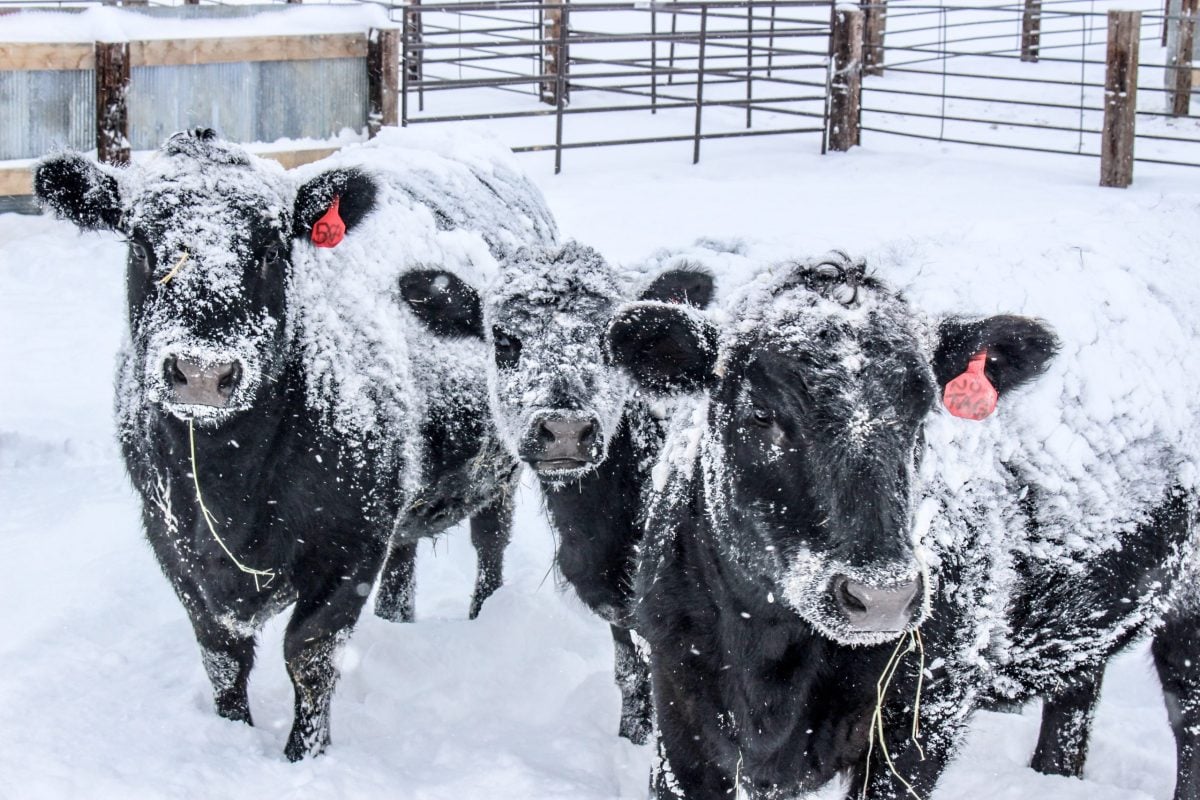
Klassen: Feedlot margins will determine feeder prices
There were no Western Canadian feeder cattle sales for week ending December 27. The shortened holiday week is always a…
Testing is still underway at a CFIA lab to confirm the pathogenicity, subtype and strain of the virus found on the farm. Results should be “known within days,” CFIA said Monday.
CFIA didn’t say in its release where the H5-positive poultry farm is located, but Reuters reported Friday that the infected farm is a turkey operation in the Fraser River valley.
The region includes most of B.C.’s poultry production and has had outbreaks of bird flu before, the biggest of which was in 2004.
One “high-path” H5 avian flu strain, H5N1, has gained notoriety as having also killed about 250 people overseas since 2003. Generally, human victims of the virus have had direct contact with infected birds and/or their blood.
Experts in zoonotic diseases have said H5N1 runs a risk of mutating or combining with a higher-pathogenicity flu virus, spurring a flu pandemic in humans.
“Once the depopulation is complete, the birds will be composted inside the barn and temperatures monitored to ensure virus destruction,” CFIA said in Monday’s release.
Then, seven to 10 days after composting, the composted material will be moved outside for regular composting on the farm, the agency said.
CFIA said Monday it will compensate producers for the market value of all birds ordered destroyed through its investigation, and for any costs a producer may incur associated with carcass disposal. Assistance is also available through other federal and provincial programs, the agency said.
Also under quarantine are 23 other poultry farms within a three-km radius around the infected farm; birds on those properties are being “closely monitored” for signs of illness, CFIA said. One other farm outside the three-km radius is also under quarantine and its birds are being tested for avian flu.
Any movement of birds and poultry products, for any purpose, from property under quarantine would have to include a negative flock test for avian influenza beforehand, the agency said.




